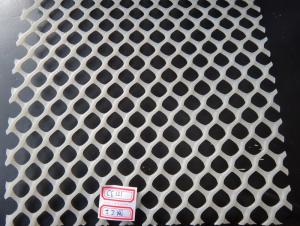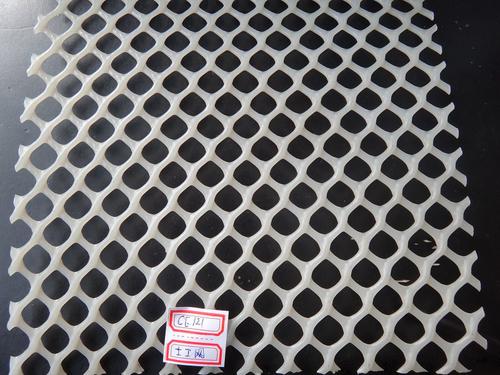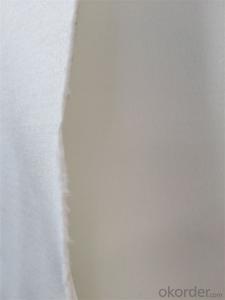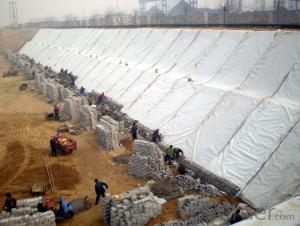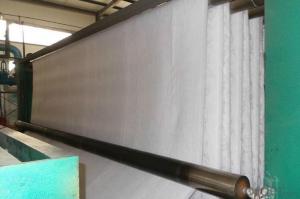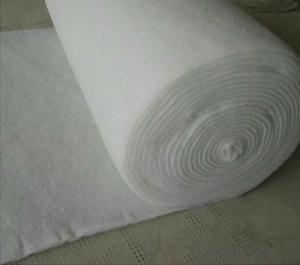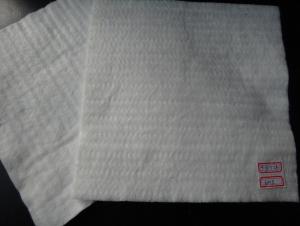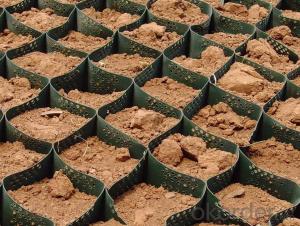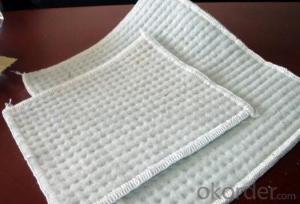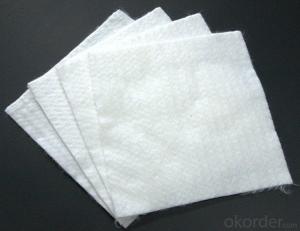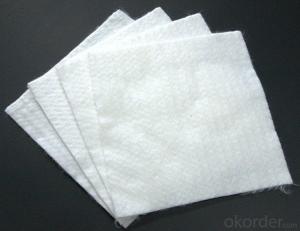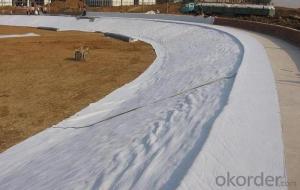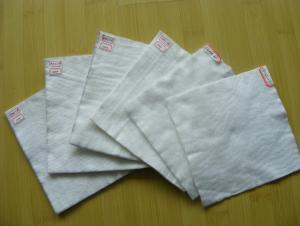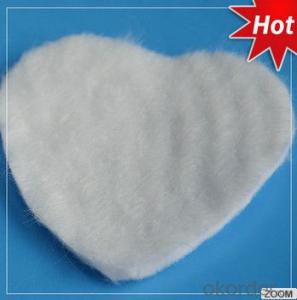Geotextile for Artificial Grass - Geonet for Road Highway Fence
- Loading Port:
- Tianjin
- Payment Terms:
- TT OR LC
- Min Order Qty:
- -
- Supply Capability:
- 5000rolls m²/month
OKorder Service Pledge
OKorder Financial Service
You Might Also Like
Geonet for Road Railway Highway Tunnel is Made from thermoplastic resin and UV resistant by extrusion into square, diamond and hexagon net shape.
Specification: CE121. CE131. CE151. Dni. Hfio
Property of Geonet for Road Railway Highway Tunnel
L. Uniform structure, can bear high pressure. Improve the roadbed bearing capacity, enlarge its
Lifetime
2. Anti-aging, protect dam and rock surface from chemical erosion and sea water corrode
Application of Geonet for Road Railway Highway Tunnel
River bank and dam protection; Seacoast treatment; Tunnel project and common soft soil
Reinforcement.
Production standard of Geonet for Road Railway Highway Tunnel
GB/t19470-2004
Jt/t 513-2004
- Q: Can geotextiles be used in athletic field construction?
- Yes, geotextiles can be used in athletic field construction. They are commonly used in the construction of athletic fields as they provide various benefits such as soil stabilization, drainage improvement, and weed control. Geotextiles help to prevent the mixing of different soil layers, reduce soil erosion, and enhance the overall durability and longevity of the field.
- Q: Can geotextiles be used in road construction?
- Yes, geotextiles can be used in road construction. They are often used as a geosynthetic material to reinforce the soil and provide stability to the road base. Geotextiles can also act as a separation layer, preventing the mixing of different layers of soil or aggregate materials. Additionally, they can help in drainage by allowing water to pass through while preventing soil erosion. Overall, geotextiles are beneficial in enhancing the performance and longevity of roads.
- Q: How do geotextiles affect water quality?
- Geotextiles can positively impact water quality by acting as a filtration barrier, preventing sediment and pollutants from entering water bodies. They help in reducing erosion, promoting better stormwater management, and improving overall water clarity.
- Q: Are geotextiles suitable for use in rain garden systems?
- Yes, geotextiles are suitable for use in rain garden systems. Geotextiles can be used as a filter fabric to separate the soil and gravel layers in rain gardens, preventing clogging and promoting proper drainage. They help to retain water and nutrients while allowing excess water to flow through, making them an effective component in rain garden construction.
- Q: Geotextile is used to do anything
- Geotextiles have multiple varieties, there are a variety of uses, different varieties have a different emphasis on different functions. Woven geotextile, or geotextile, can be used for foundation treatment in the reinforcement and isolation and filtration. Non-woven geotextile, mainly used for foundation treatment in the filter and isolation. Can also be used in other projects in the filter. Nonwovens for the example of the filter: now in the municipal engineering around the Yinjing, often because the surrounding groundwater into the Yinjing will take away part of the soil, resulting in the loss of soil around the wells, the results in the perimeter around the wells There is a collapse phenomenon, if the circle around the perimeter of the laying of non-woven geotextile, the side can play a role in filtering, so that groundwater can flow into the Yinjing, but the soil will not lose the purpose of the perimeter around the soil There will be no collapse of the phenomenon.
- Q: Is there a filament geotextile manufacturer? Introduce the main performance ah
- Our road embankment reinforcement project, for example, the construction of the road first focus on the quality of the road followed by the use of these two problems, and Hongxiang new material filament geotextile just to solve. In order to improve the smoothness of the road to prevent the occurrence of reflective cracks and play the role of waterproof layer. Laying and impregnating the asphalt between the base layer and the surface layer to form the filament geotextile - asphalt interlayer. You can see the specific understanding of the user name
- Q: What are the considerations for geotextile selection in riverbank stabilization?
- There are several important considerations for geotextile selection in riverbank stabilization. Firstly, the geotextile must have sufficient strength and durability to withstand the hydraulic and environmental conditions of the specific riverbank. Additionally, it should have good filtration properties to prevent soil erosion and promote water drainage. The geotextile's permeability and porosity are also crucial factors, as they determine the rate of water flow and allow for proper drainage. Lastly, the geotextile should be compatible with other materials used in the stabilization process and be able to withstand any chemical exposure or biological degradation that may occur in the riverbank environment.
- Q: Are geotextiles effective in preventing soil erosion?
- Yes, geotextiles are effective in preventing soil erosion. They act as a barrier that reinforces the stability of soil, preventing it from eroding due to water or wind. Geotextiles also help in retaining moisture and promoting vegetation growth, further enhancing their effectiveness in preventing soil erosion.
- Q: Mainly how to filter layer construction, cutting for the weak weathering rock
- The walls behind the sandbags ah, but in most cases are mechanical backfill, and then the top surface of a layer of sandbags and composite drainage network mean
Send your message to us
Geotextile for Artificial Grass - Geonet for Road Highway Fence
- Loading Port:
- Tianjin
- Payment Terms:
- TT OR LC
- Min Order Qty:
- -
- Supply Capability:
- 5000rolls m²/month
OKorder Service Pledge
OKorder Financial Service
Similar products
Hot products
Hot Searches
Related keywords
